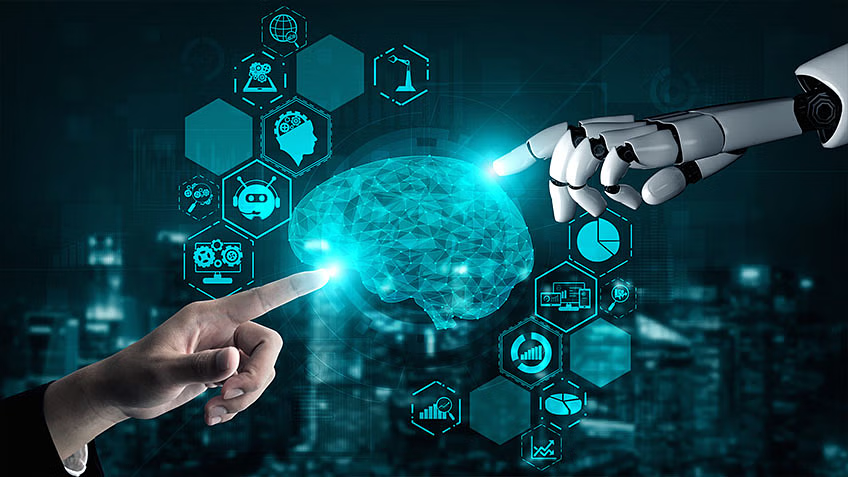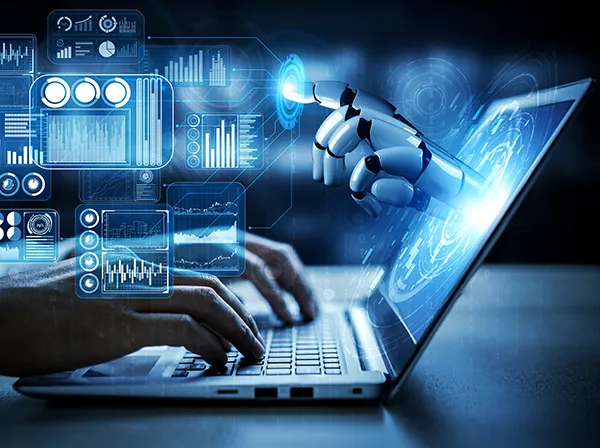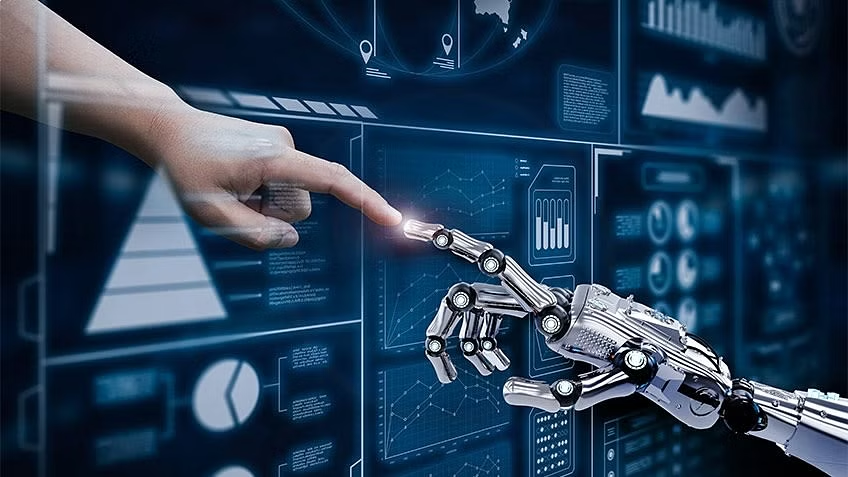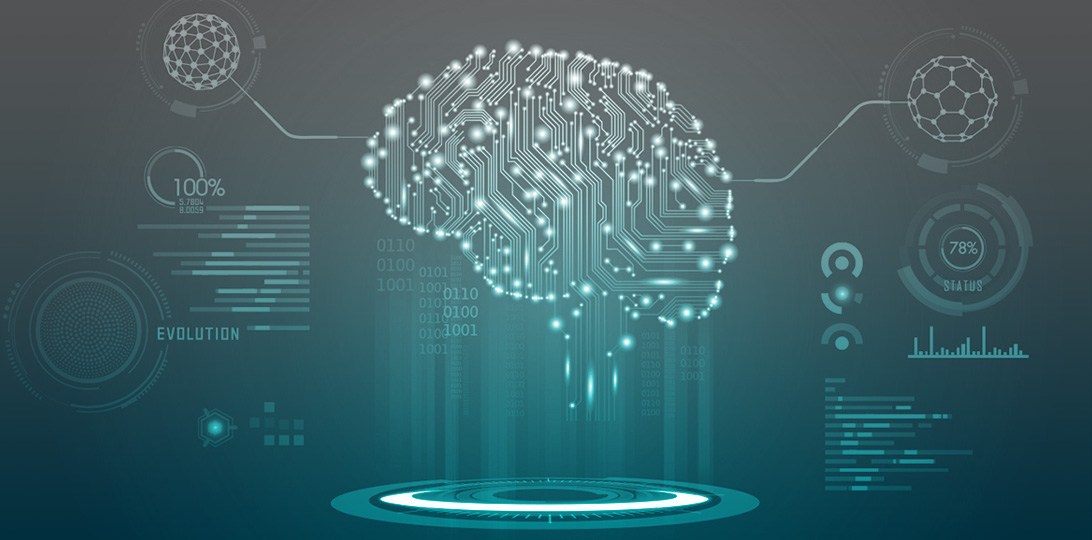Deep learning is an ever-evolving field with wide-ranging implications for technology and society. As we continue to explore its potential, several emerging applications and future directions stand out. This section delves deeper into these aspects, providing insights into how deep learning is poised to transform various domains.
Deep Learning in Transportation and Logistics
- Autonomous Vehicles:
- Self-Driving Cars: Deep learning enhances the capabilities of self-driving cars by enabling advanced perception, decision-making, and control. This includes integrating data from cameras, LiDAR, and radar to navigate complex environments safely.
- Fleet Management: AI models optimize fleet management by analyzing real-time data from vehicles. This includes route planning, predictive maintenance, and efficient allocation of resources.
- Supply Chain Optimization:
- Demand Forecasting: Deep learning models predict demand for products by analyzing historical sales data, market trends, and seasonal patterns. This supports inventory management and reduces stockouts and overstocking.
- Logistics Routing: AI models optimize logistics routing by analyzing traffic conditions, delivery schedules, and vehicle capacities. This improves delivery efficiency and reduces transportation costs.
Deep Learning in Environmental Conservation
- Wildlife Monitoring:
- Species Identification: Deep learning models analyze images and audio recordings from wildlife cameras and sensors to identify species and monitor animal populations. This supports conservation efforts and biodiversity research.
- Behavioral Analysis: AI models track animal behavior and movement patterns, providing insights into habitat usage, migration, and interactions. This aids in understanding ecological dynamics and protecting endangered species.
- Climate Modeling:
- Weather Pattern Analysis: Deep learning enhances climate modeling by analyzing complex weather patterns and atmospheric data. This includes predicting extreme weather events and understanding climate change impacts.
- Carbon Emission Monitoring: AI models track and analyze carbon emissions from various sources, supporting efforts to reduce greenhouse gases and combat climate change.
Deep Learning in Finance and Economics
- Algorithmic Trading:
- Market Prediction: Deep learning models predict stock prices and market trends by analyzing historical data, news sentiment, and economic indicators. This supports algorithmic trading strategies and investment decisions.
- Risk Management: AI models assess financial risks by analyzing market volatility, credit scores, and economic conditions. This includes developing risk mitigation strategies and improving portfolio management.
- Fraud Detection:
- Transaction Monitoring: Deep learning enhances fraud detection by analyzing transaction patterns and identifying anomalies. This includes detecting credit card fraud, insurance claims fraud, and financial irregularities.
- Identity Verification: AI models support identity verification by analyzing biometric data, such as facial recognition and fingerprint patterns. This improves security and reduces identity theft.
Deep Learning in Education and Learning
- Intelligent Tutoring Systems:
- Personalized Feedback: Deep learning models provide personalized feedback to students by analyzing their performance and learning styles. This includes adapting educational content and offering targeted support.
- Adaptive Learning Platforms: AI models create adaptive learning platforms that tailor educational experiences based on individual progress and needs. This supports differentiated instruction and enhances learning outcomes.
- Virtual Classrooms:
- AI-Powered Teaching Assistants: Deep learning enhances virtual classrooms by providing AI-powered teaching assistants that support student interactions, answer questions, and facilitate discussions.
- Content Generation: AI models generate educational content, such as quizzes, assignments, and interactive activities, based on curriculum standards and student needs.
Deep Learning in Healthcare and Medicine
- Drug Discovery:
- Molecular Modeling: Deep learning models analyze molecular structures and interactions to identify potential drug candidates and predict their effectiveness. This accelerates the drug discovery process and reduces development costs.
- Genomic Analysis: AI models analyze genomic data to identify genetic variants associated with diseases and predict individual responses to treatments. This supports personalized medicine and targeted therapies.
- Healthcare Diagnostics:
- Diagnostic Imaging: Deep learning models enhance diagnostic imaging by analyzing medical scans to identify abnormalities and diseases. This includes detecting tumors, fractures, and other conditions with high accuracy.
- Predictive Analytics: AI models predict disease progression and patient outcomes by analyzing electronic health records and clinical data. This supports early intervention and personalized treatment plans.
Deep Learning in Arts and Creativity
- Creative Content Generation:
- Music Composition: Deep learning models generate original music compositions by analyzing patterns in existing music. This includes creating melodies, harmonies, and rhythms in various genres.
- Art Creation: AI models create digital art and visual content by learning from existing artworks and styles. This includes generating paintings, illustrations, and graphic designs.
- Content Enhancement:
- Style Transfer: Deep learning enables style transfer, where the artistic style of one image is applied to another. This supports creative applications in graphic design, advertising, and media.
- Text-to-Image Generation: AI models generate images from textual descriptions, allowing for the creation of visual content based on written prompts. This includes applications in advertising, storytelling, and media production.
Deep Learning in Communication and Media
- Natural Language Processing (NLP):
- Language Translation: Deep learning models improve language translation by analyzing text in multiple languages and providing accurate translations. This supports cross-language communication and global collaboration.
- Content Generation: AI models generate written content, such as articles, reports, and summaries, based on input prompts. This includes automating content creation for news, marketing, and publishing.
- Media Enhancement:
- Image and Video Editing: Deep learning models enhance media content by performing tasks such as image restoration, video stabilization, and object removal. This improves the quality and usability of digital media.
- Deepfake Technology: AI models create deepfake videos and audio by synthesizing and manipulating media content. This includes applications in entertainment, film production, and virtual reality.
Future Prospects and Innovations
- Quantum Machine Learning:
- Quantum Algorithms: Research explores the integration of quantum computing with deep learning to develop quantum algorithms that enhance model training and performance. This includes solving complex optimization problems and accelerating computation.
- Quantum Data Processing: AI models leverage quantum data processing to handle large-scale data and improve learning efficiency. This includes applications in data analysis, pattern recognition, and predictive modeling.
- Neuromorphic Computing:
- Brain-Inspired Architectures: Neuromorphic computing explores brain-inspired architectures that mimic neural processes to improve deep learning models. This includes developing hardware and algorithms that simulate brain function and enhance cognitive capabilities.
- Energy Efficiency: Neuromorphic computing aims to improve energy efficiency by designing hardware that mimics the brain’s low-power processing. This supports the development of energy-efficient AI systems for various applications.
- AI Ethics and Governance:
- Ethical AI Development: Research focuses on developing ethical guidelines and governance frameworks for AI systems. This includes addressing issues related to fairness, transparency, and accountability in AI development and deployment.
- Regulatory Compliance: AI models support regulatory compliance by analyzing and ensuring adherence to legal and ethical standards. This includes developing tools for monitoring and auditing AI systems.
Conclusion
Deep learning continues to advance and shape the future of technology and society. By exploring emerging applications, addressing ethical considerations, and integrating with new technologies, deep learning will drive innovation and create opportunities across various domains.
As research progresses and new technologies emerge, deep learning will remain a pivotal force in transforming industries, enhancing human capabilities, and addressing complex challenges. If you have specific interests or further questions about deep learning or related topics, feel free to let me know!



